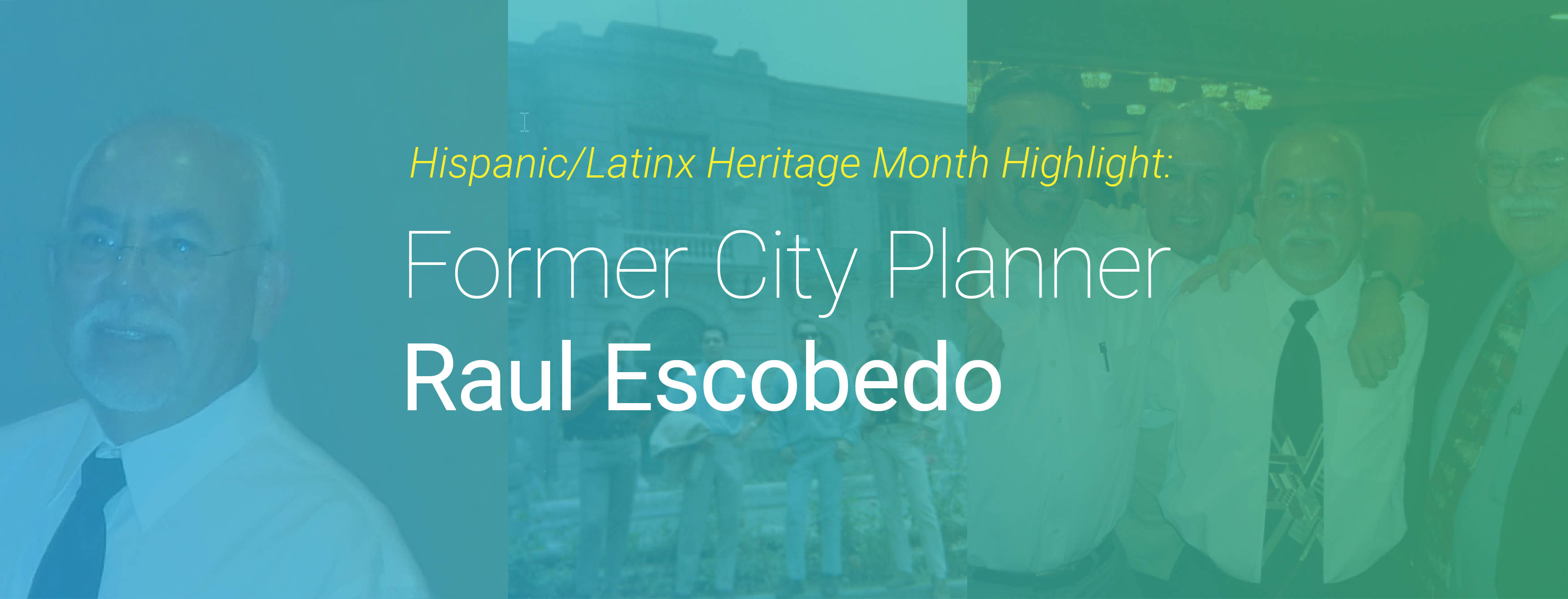
Hired in the 1970s to engage residents through a cultural and ethnic approach, Raul Escobedo was one of Los Angeles City Planning’s first influential Chicano planners. During his time with the Department, Raul successfully encouraged high numbers of Latino residents to participate in the planning process for the first time. He also helped design some of the most emblematic Mexican-themed landmarks in Los Angeles—most notably El Parque de México in Lincoln Heights, Mariachi Plaza in Boyle Heights, and the Whittier Boulevard arch in East LA.
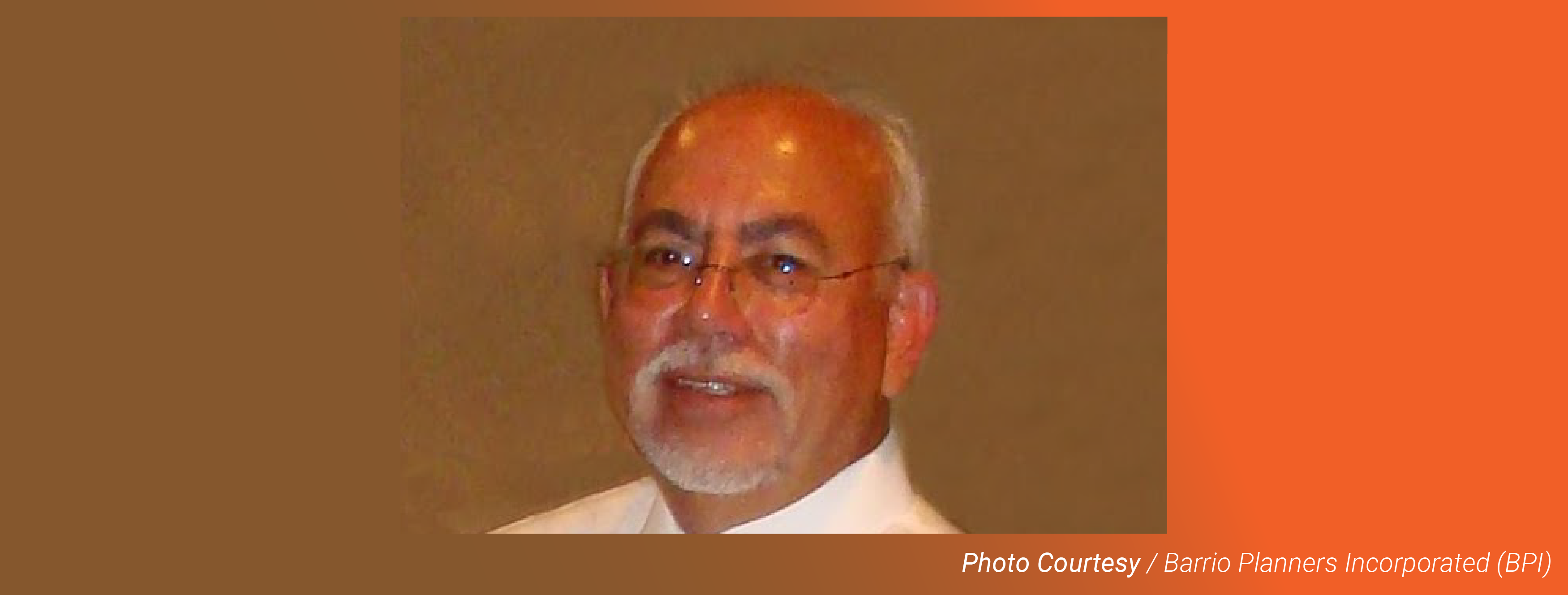
Raul came to the Department after having been drafted and serving two years in Vietnam, from which he returned in 1970 with honors and medals. Before that, he'd studied Landscape Architecture at Cal Poly Pomona.
When he first came to City Planning between 1970/72, Raul was responsible for the first Community Plan for Boyle Heights, essentially serving as a one-man department for the neighborhood in those early years.
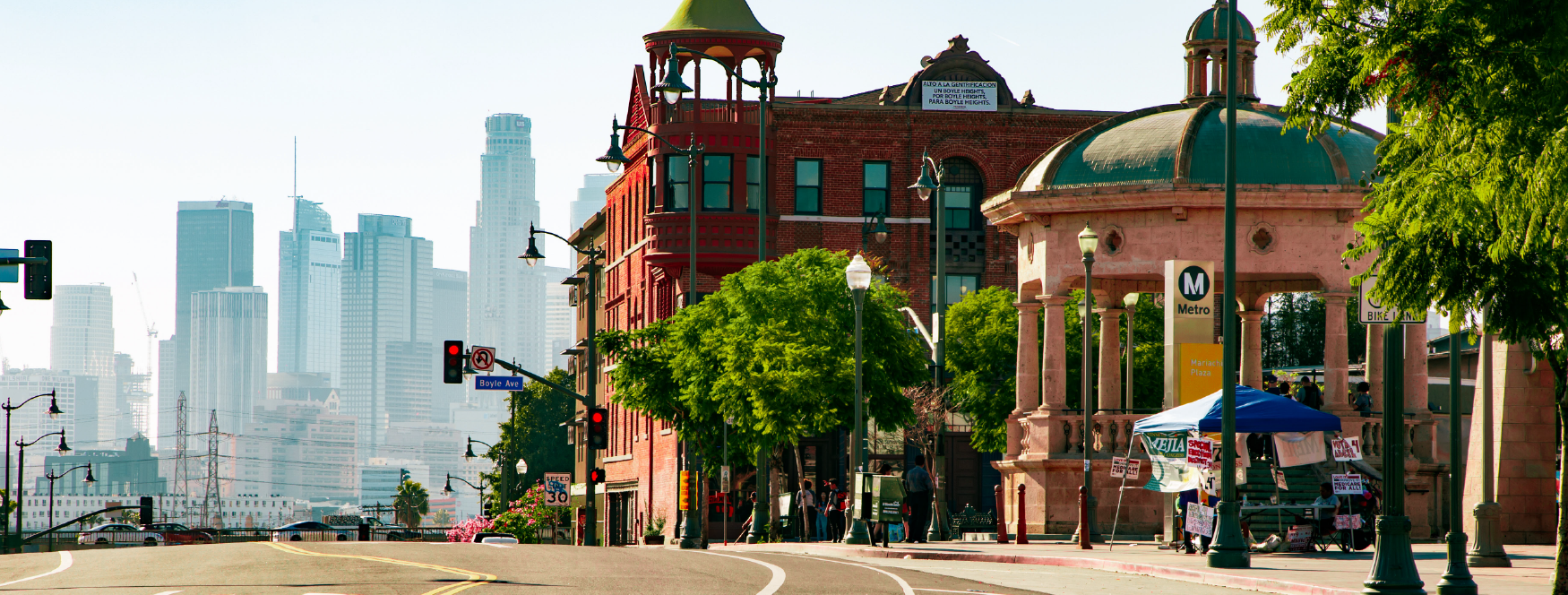
Throughout the time Raul worked for the City, he held a second job with Barrio Planners Incorporated, working at night (sometimes until 4:00 in the morning) and on Saturdays. His work at Barrio Planners was strictly planning, rather than physical design. Raul led the preparation of a visual study and analysis during 1972/73 for unincorporated East Los Angeles, which was part of an effort to incorporate East LA as a city, which was ultimately unsuccessful.
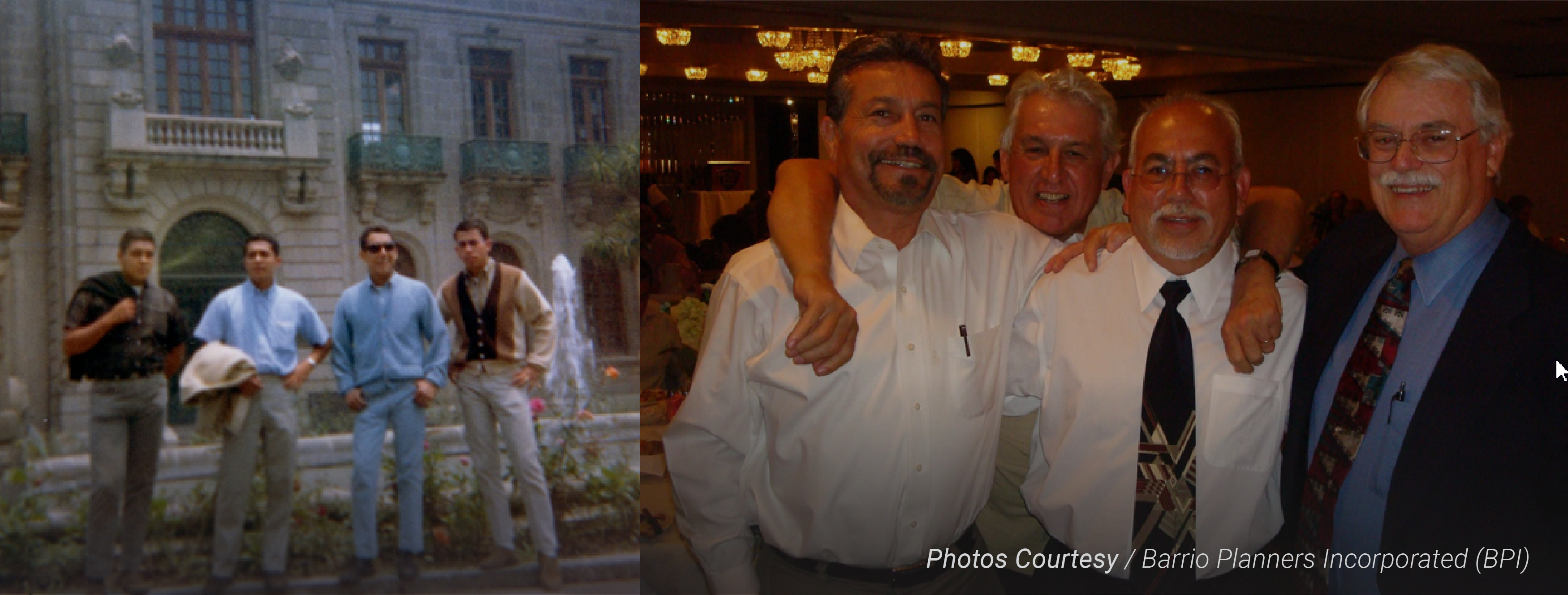
He left City Planning around 1980 to work with a former City of LA colleague at the City of Long Beach. In 1982, Raul went to work for the Los Angeles Community Redevelopment Agency (CRA), where he worked for about five years. At the CRA, he created the agency’s first-ever field office. The CRA office in Boyle Heights was the agency’s first outside Downtown, and led to the establishment of field offices throughout Los Angeles. As the deputy in charge of the Boyle Heights office, Raul had earned a high profile in the community.
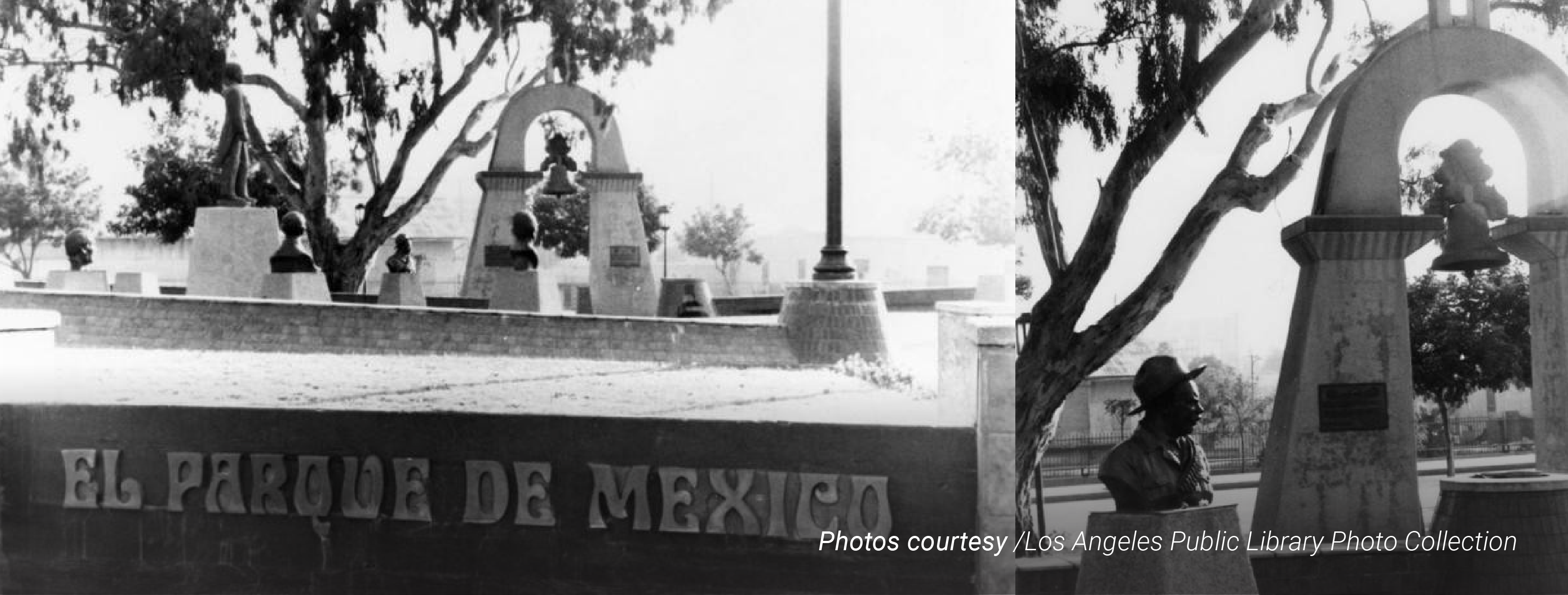
Barrio Planners later bid on work for the CRA's Adelante Project Area in Boyle Heights, preparing the Adelante study that guided development and revitalization of the community. Raul was disappointed that then-California Governor Brown eliminated the Redevelopment Agencies statewide in 2012, which prevented the full implementation of this vision.
Barrio Planners—Frank Villalobos and Raul together—took on numerous other significant projects in the City. They played a key role in leading the preservation and revitalization of Olvera Street, after the merchants retained them to develop a new plan for this historic site. Their work helped lead to the creation of the El Pueblo Authority as a City agency; the preservation of the adobe buildings, the Pico House, and the Merced Theatre; and the creation of the Chinese American Museum and Italian Hall.
Raul led Barrio Planners' landscape design work for East Los Angeles College, and the planning and landscape work to revitalize the Whittier Blvd. commercial corridor in East LA.
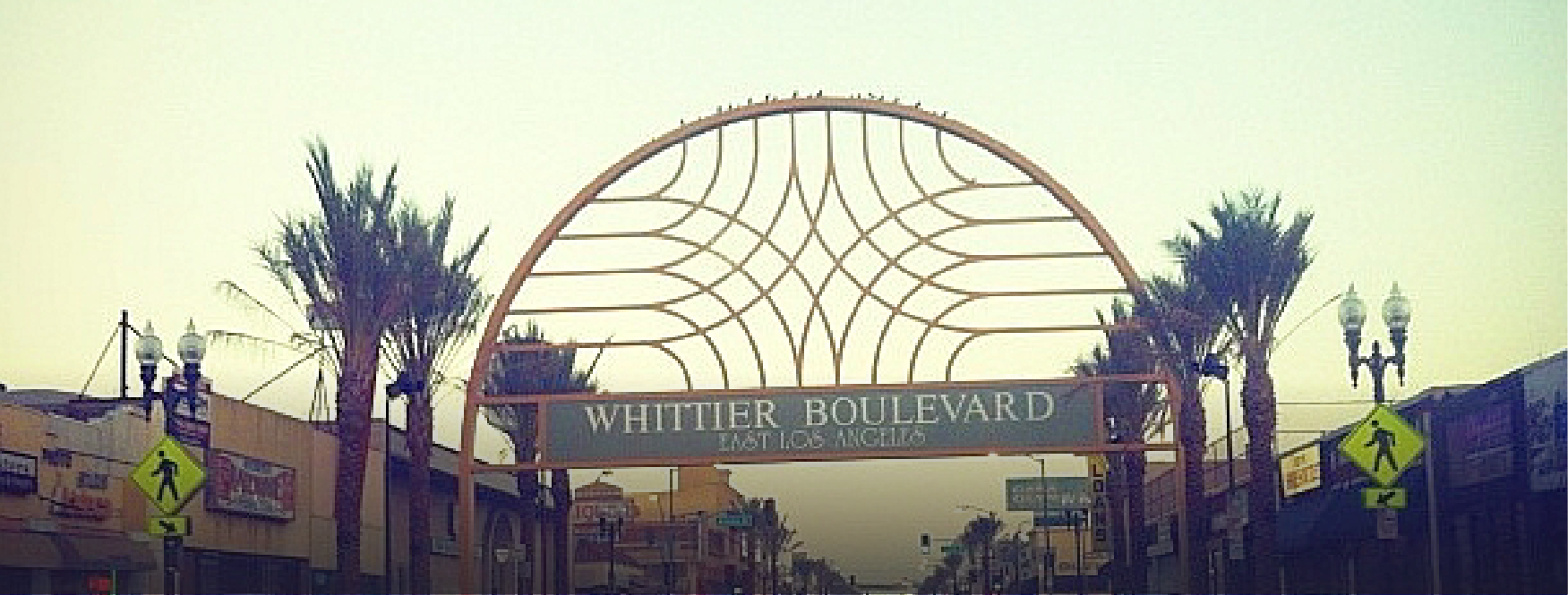
Barrio Planners has been a pioneer in environmental justice issues, successfully advocating for the installation of sound walls along the freeways that cut through Boyle Heights, reducing noise impacts on local schools. In the late 1980s, along with Mothers of East LA, Barrio Planners led the successful fight against the construction of a new prison in Boyle Heights, which was eventually built in Lancaster.
City Planning honors and recognizes the tremendous contributions that Raul, Frank, and the Barrio Planners team have made by preserving and incorporating the culture and traditions of the Latino community into our diverse and rich city.